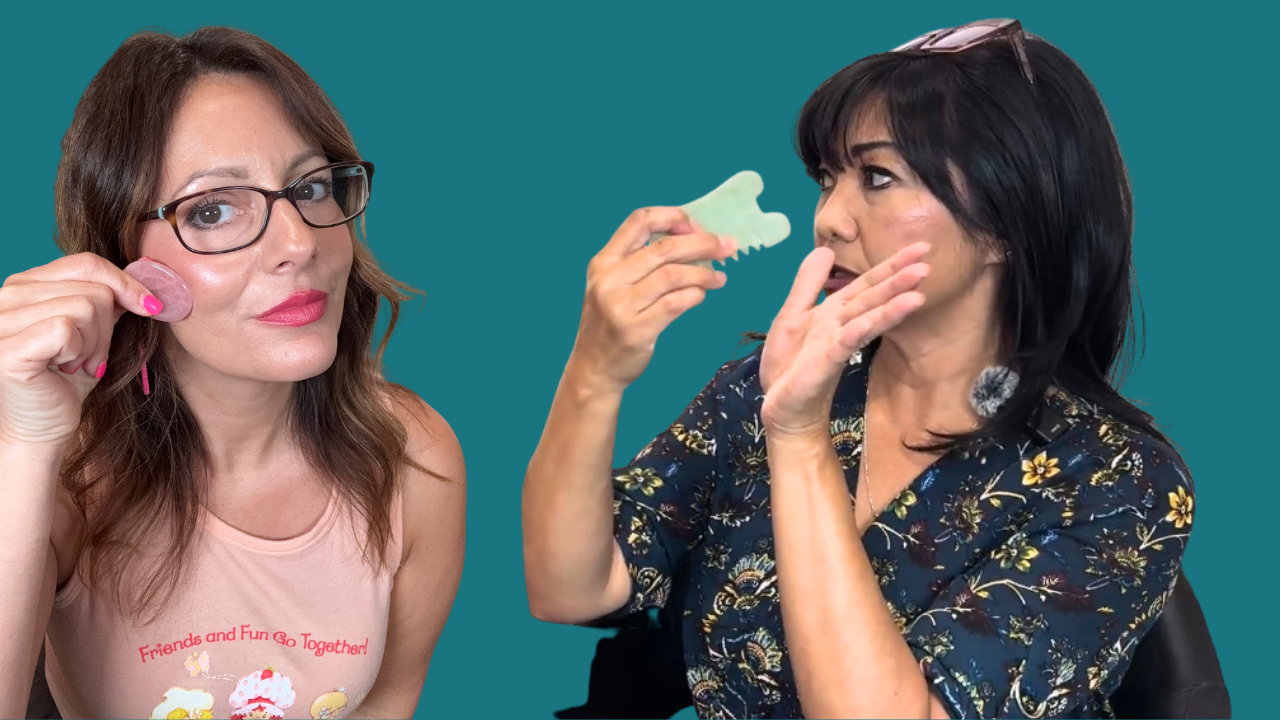Why You Shouldn’t Ignore Your Pelvic Floor: Expert Tips from a Pelvic Floor Physical Therapist
Why You Shouldn’t Ignore Your Pelvic Floor: Expert Tips from a Pelvic Floor Physical Therapist

What Every Woman Should Know About Pelvic Floor Health
We’re talking about something most of us don’t talk about enough — your pelvic floor. You’ve probably heard the term tossed around, especially as we get older, but what exactly is it and why should you care? In this episode of The Beauty Lab Podcast, we sat down with pelvic floor physical therapist Maureen to dig into what your pelvic floor actually does, how to take care of it, and why it’s connected to way more than you think.
So… What Is the Pelvic Floor?
Here’s the deal: everyone has a pelvic floor — it’s a group of muscles that form a kind of hammock at the base of your pelvis. These muscles help control your bladder and bowels, support your internal organs, and even play a role in your posture, breathing, and sexual health.
When your pelvic floor isn’t functioning properly, it can cause all kinds of issues — from incontinence to pain during intimacy, to chronic back or hip pain. Yep, it’s that connected.
Why Pelvic Floor Issues Are So Common (and So Overlooked)
Maureen explained that pelvic floor therapy wasn’t even part of her training 25 years ago — that’s how under-discussed women’s health was. Most patients who come to her have gone through a maze of doctors before finding out their issues are pelvic floor–related.
Why? Because these symptoms often show up as something else. You might think it’s digestion, menopause, stress, or “just getting older.” But in reality, your pelvic floor could be working overtime or stuck in a state of tension, creating ripple effects throughout your body.
Common Signs You Might Need Pelvic Floor Therapy
Wondering if this could be you? Here are some of the big indicators:
- Leaking urine when you laugh, cough, or run
- Pain or pressure in your lower abdomen or pelvis
- Constipation or feeling like you can’t fully empty your bowels
- Pain during intimacy
- Chronic back or hip tightness that doesn’t go away
If any of these sound familiar, you’re not alone — and you don’t have to live with it. Pelvic floor therapy can help retrain your muscles, release tension, and bring your body back into balance.
Are Kegels Enough? (Spoiler: No)
Most of us have heard that doing Kegels can “fix” everything. But according to Maureen, that’s not quite right. A Kegel is one type of pelvic floor exercise, but your pelvic floor doesn’t work in isolation — it works with your diaphragm, abs, back, and glutes.
For some people, doing more Kegels can actually make things worse if tightness (not weakness) is the problem. That’s why it’s so important to understand what’s really going on before trying to fix it yourself.
Simple Ways to Care for Your Pelvic Floor
Good news — taking care of your pelvic floor doesn’t have to be complicated. Maureen suggests starting with simple body awareness:
- Do a body scan: check for tension from head to toe — unclench your jaw, relax your shoulders, release your hips, and take a few deep breaths.
- Move mindfully: yoga, stretching, and gentle movement help keep your pelvic muscles relaxed and strong.
- Be kind to your body: stress, dehydration, and overexertion all affect your pelvic floor. Rest counts as self-care too.
Final Thoughts: Don’t Ignore Your Pelvic Floor
Your pelvic floor plays a major role in your overall health, but most of us don’t think about it until something feels off. Awareness is the first step — if something feels “off” or you’re noticing recurring issues, it might be time to talk to your doctor or a pelvic floor specialist.
As Maureen put it best, “You only get one body — take care of it now so it takes care of you later.”












